Premium Only Content
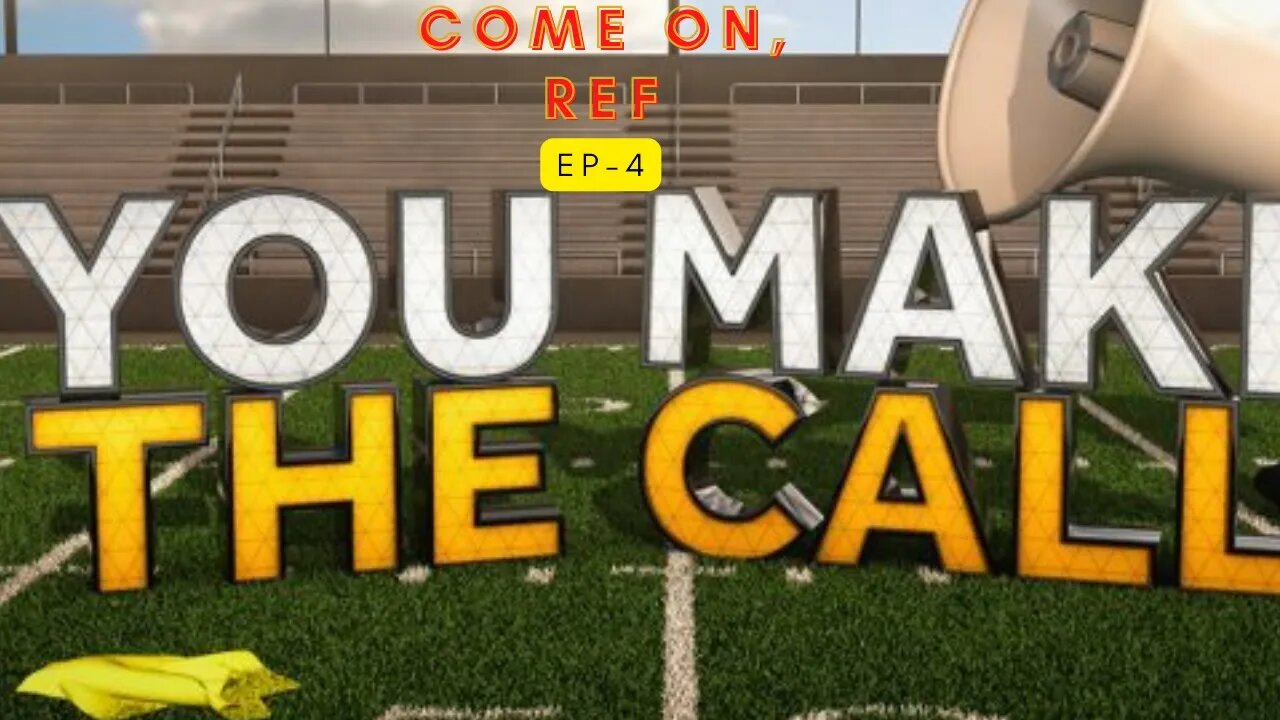
Come on, Ref- You Make the Call- Player Control, Incidental or what?
A player control foul, also referred to as a “charge,” occurs when the offensive player initiates major contact with the defensive player once the defender has established legal guarding position. As a result of the foul, the offensive team loses possession and the offending player is charged with a personal foul. No free throws are awarded to the defensive team, even if they are already in the bonus.
The rules state that a defensive player is in a legal guarding position if he has both feet planted down and is facing the offensive player. However, it is possible for the defensive player to be moving and still draw the player control foul. For example, if the defensive player is moving laterally or even backward before the offensive player is airborne and takes contact to the chest or torso, the defensive player is often given the benefit of the doubt. However, contact between the legs, shoulders, and arms usually indicates the offensive player has gotten past the defender, putting the burden back on the defense. Additionally, if the defensive player jumps straight up prior to the offensive player leaving the floor and contact ensues, this is a player control foul by rule, though it is not uncommon for officiating crews to side mistakenly with the offensive player, by way of a “no-call” or issuing a blocking foul.
It is an acceptable mechanic to signal all team control and player control fouls using
the stop clock for foul signal, followed by the “punch” signal. It is optional to use the
arm behind the head to signal a player control foul, but is not optional when signally
the type of foul to the bench.
Rationale – Once the foul has been posted and communication
-
 2:11:35
2:11:35
Mally_Mouse
4 days ago🎮 Throwback Thursday! Let's Play: Kingdom Hearts 1 pt. 2
14K1 -
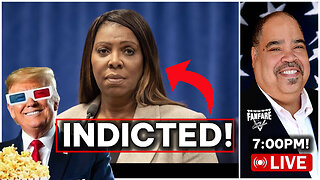 3:00:37
3:00:37
Barry Cunningham
6 hours agoBREAKING NEWS: LETITIA JAMES INDICTED FOR MORTGAGE FRAUD!!! LIBTARD TEARS ARE FLOWING!
42.1K22 -
 1:17:42
1:17:42
Glenn Greenwald
5 hours agoUS/Venezuela Escalations: Revisiting Key Developments and the Push for Regime Change | SYSTEM UPDATE SPECIAL
103K139 -
 LIVE
LIVE
ProvenTactics
3 hours agoFPS Shooter Games
60 watching -
 LIVE
LIVE
Phyxicx
3 hours agoHarvester - The Funniest, Most Deranged 90s Game Ever | 18+ | 10/9/2025
60 watching -
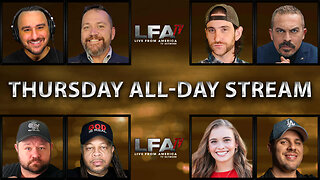 LIVE
LIVE
LFA TV
23 hours agoLIVE & BREAKING NEWS! | THURSDAY 10/9/25
482 watching -

megimu32
2 hours agoON THE SUBJECT: Sequels That Slapped! 🎬
9.19K2 -
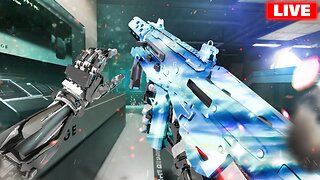 2:02:29
2:02:29
tminnzy
3 hours agoThe Final Runn || !stakeus || !stake
2.6K -
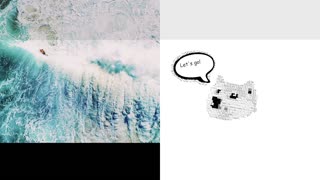 6:00:05
6:00:05
Wahzdee
6 hours agoBF6 Countdown Stream – What to Play Till Launch? Let’s Talk Battlefield
2.25K2 -
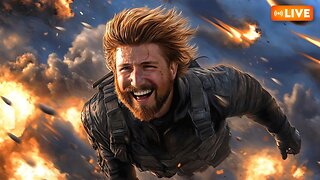 LIVE
LIVE
StevieTLIVE
3 hours agoNew WZ Season Zombies Mode is BACK
9 watching